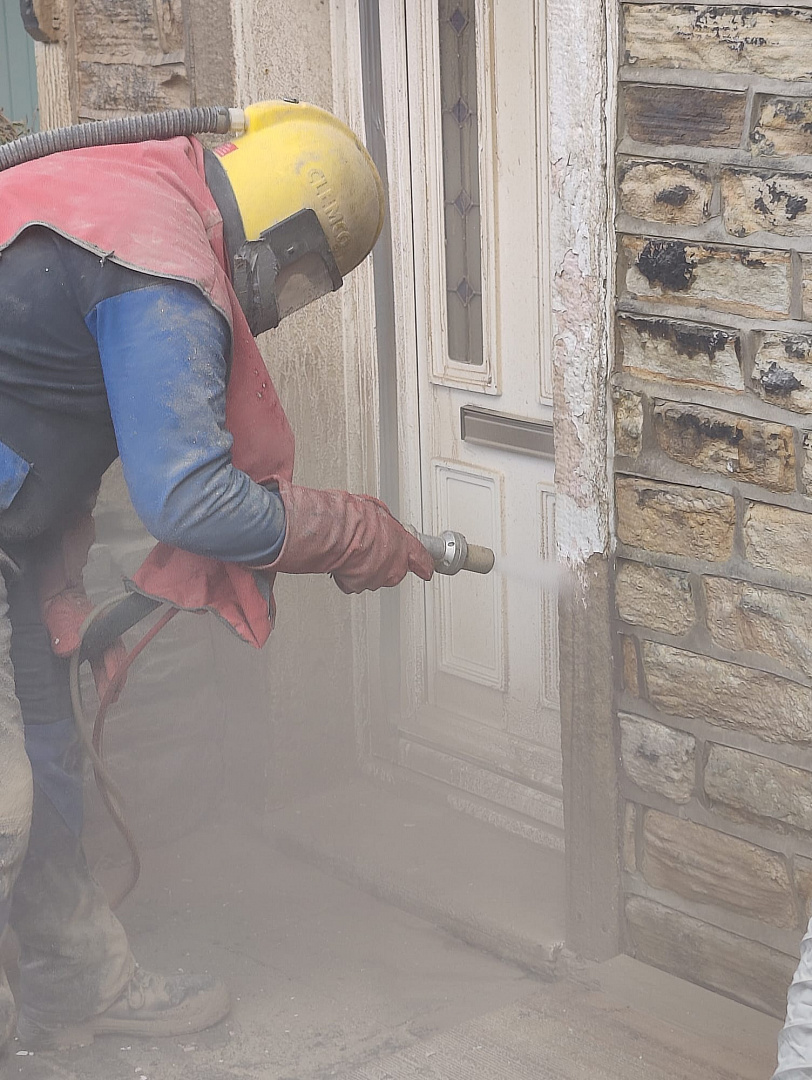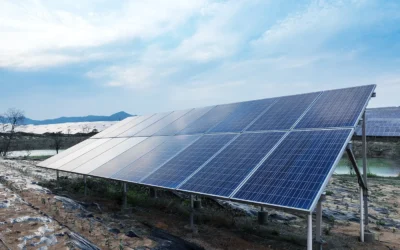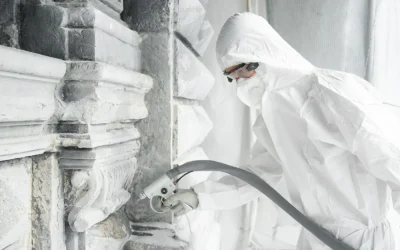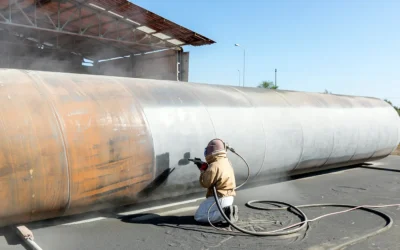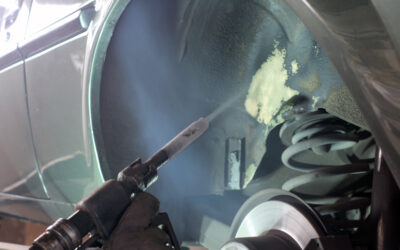Sandblasting, also known as abrasive blasting, is a powerful method used to clean or prepare surfaces by forcibly propelling a stream of abrasive material against it. While highly effective, sandblasting poses significant safety risks if not conducted properly, especially in residential areas or around sensitive infrastructure. This article outlines essential safety precautions, the protective equipment required, environmental considerations, and legal compliance measures to ensure safe and responsible sandblasting practices, particularly suited for services provided by companies like Polar Blast.

Essential Safety Precautions
1. Comprehensive Training: All operators should receive thorough training in sandblasting techniques and safety measures. This training should cover the handling of equipment, awareness of hazardous materials, and emergency response protocols.
2. Secure Area: Ensure that the sandblasting area is well-ventilated and securely cordoned off to prevent unauthorized access and protect passersby and adjacent properties from stray abrasives.
3. Monitoring and Supervision: Continuous monitoring is crucial to ensure that safety protocols are followed. Supervision by experienced personnel can help mitigate potential hazards as they arise.
Protective Equipment Required
1. Respiratory Protection: High-quality respirators or masks should be worn at all times to protect from inhaling airborne particles, which can be extremely harmful to the lungs.
2. Eye and Face Protection: Use safety goggles or face shields to protect against flying particles, which can cause severe eye injury or irritation.
3. Protective Clothing: Operators should wear long sleeves, gloves, and long pants made from durable materials to protect the skin from abrasive materials. Coveralls and overalls are also recommended.
4. Hearing Protection: Given the high noise levels produced by sandblasting equipment, adequate hearing protection such as earplugs or earmuffs is essential.

Environmental Considerations
1. Dust Suppression: Implement dust collection systems to minimize airborne dust, which is not only a health hazard but can also impact the environment.
2. Waste Management: Proper disposal of used abrasive materials is crucial. Ensure that waste is collected and disposed of in accordance with local environmental regulations to prevent contamination.
3. Choice of Abrasive: Whenever possible, use abrasives that are less harmful to the environment. For example, baking soda or dry ice can serve as eco-friendly alternatives to traditional silica sand.
Legal Compliance
1. Compliance with Regulations: Adhere to all local, regional, and national regulations that govern sandblasting activities. This includes regulations related to environmental protection, occupational health and safety, and waste management.
2. Permits and Licenses: Ensure that all necessary permits for sandblasting activities are obtained before commencing operations. This is particularly important when working in residential areas or near sensitive infrastructure.
3. Record Keeping: Maintain accurate records of all sandblasting activities, including details about the type of equipment and materials used, safety measures implemented, and training provided to employees. These records can be crucial for inspections and in case of any legal issues.
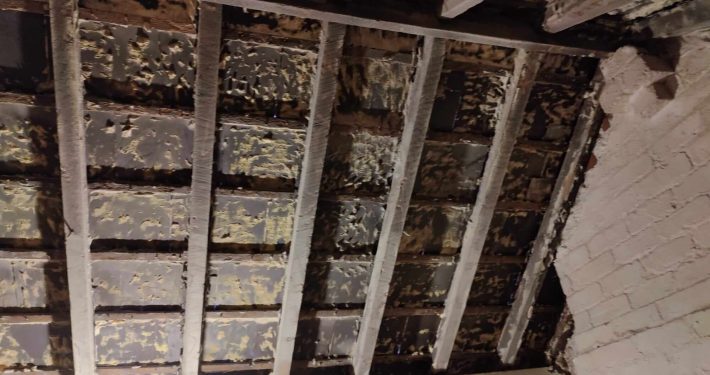
Implementing these safety precautions and best practices will help ensure that sandblasting activities are conducted safely and responsibly. Companies like Polar Blast are committed to upholding the highest standards of safety and environmental protection, providing peace of mind to clients and safeguarding the community and environment. By following these guidelines, sandblasting can be carried out effectively without compromising on safety or compliance.
For more information on safe and efficient sandblasting services, visit Polar Blast’s homepage.

